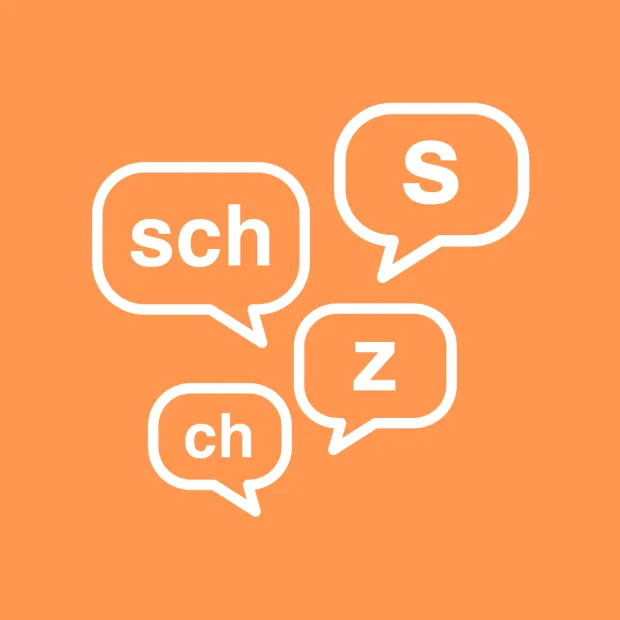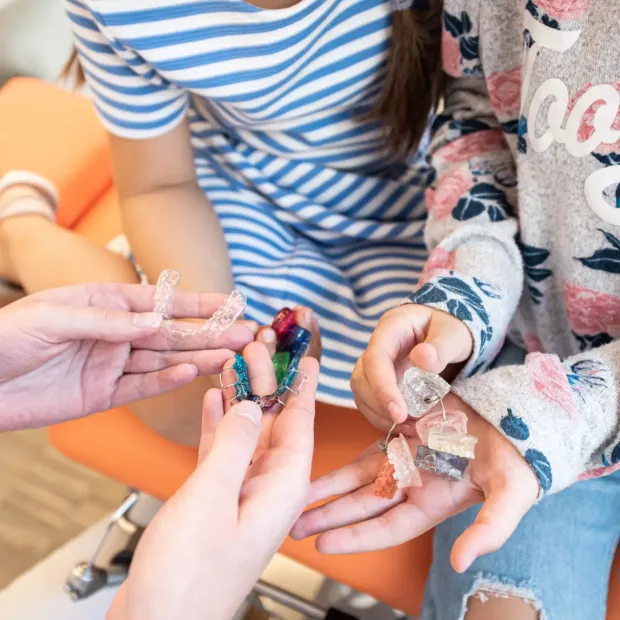From milk teeth to mixed dentition
Orthodontics for children
Healthy and straight teeth from an early age.
When children laugh, that's the greatest thing for parents! Straight and healthy teeth are also considered the ideal of beauty. And that's what parents want for their children, of course.
But it's not just aesthetic aspects that play a role. Straight teeth and a correct position of the jaw are also important for health aspects.
If the teeth grow crooked or the teeth bite poorly together, then a visit to our practice is advisable. With the help of early treatment, jaw growth can be optimally influenced.
We’re looking forward to welcoming you.
Your team of the practice Dr. Thomas Banach









